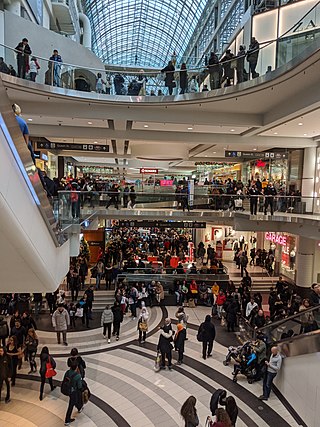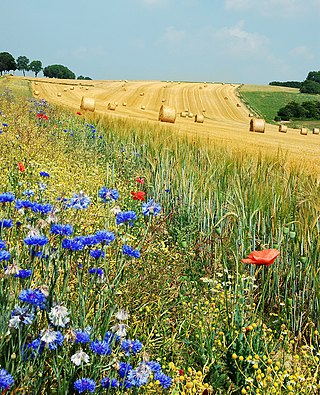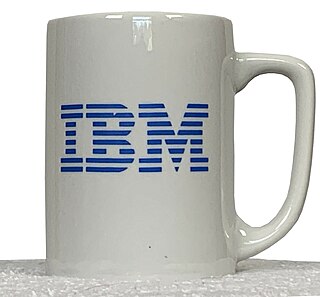
Boxing Day is a holiday celebrated after Christmas Day, occurring on the second day of Christmastide. Boxing Day was once a day to donate gifts to those in need, but it has evolved to become a part of Christmas festivities, with many people choosing to shop for deals on Boxing Day. It originated in the United Kingdom and is celebrated in several Commonwealth nations. The attached bank holiday or public holiday may take place on 28 December if necessary to ensure it falls on a weekday. Boxing Day is also concurrent with the Christian festival Saint Stephen's Day.

Labour Day is an annual holiday to celebrate the achievements of workers. Labour Day has its origins in the labour union movement, specifically the eight-hour day movement, which advocated eight hours for work, eight hours for recreation, and eight hours for rest.

Summer is the hottest and brightest of the four temperate seasons, occurring after spring and before autumn. At or centred on the summer solstice, daylight hours are longest and darkness hours are shortest, with day length decreasing as the season progresses after the solstice. The earliest sunrises and latest sunsets also occur near the date of the solstice. The date of the beginning of summer varies according to climate, tradition, and culture. When it is summer in the Northern Hemisphere, it is winter in the Southern Hemisphere, and vice versa.

Shopping is an activity in which a customer browses the available goods or services presented by one or more retailers with the potential intent to purchase a suitable selection of them. A typology of shopper types has been developed by scholars which identifies one group of shoppers as recreational shoppers, that is, those who enjoy shopping and view it as a leisure activity.

Cost of goods sold (COGS) is the carrying value of goods sold during a particular period.

Black Friday is the Friday after Thanksgiving in the United States. It traditionally marks the start of the Christmas shopping season in the United States. Many stores offer highly promoted sales at discounted prices and often open early, sometimes as early as midnight or even on Thanksgiving. Some stores' sales continue to Monday or for a week.

In the United States, public holidays are set by federal, state, and local governments and are often observed by closing government offices or giving government employees paid time off. The federal government does not require any private business to close or offer paid time off, as is the case for most state local governments, so employers determine which holidays to observe.

Merchandising is any practice which contributes to the sale of products to a retail consumer. At a retail in-store level, merchandising refers to displaying products that are for sale in a creative way that entices customers to purchase more items or products.
A tax holiday is a temporary reduction or elimination of a tax. It is synonymous with tax abatement, tax subsidy or tax reduction. Governments usually create tax holidays as incentives for business investment, although the arrangement has also been characterized as a form of corporate welfare that leads to a redistribution of resources away from smaller businesses and private citizens and towards monopolies and other forms of consolidated wealth.

An academic year is "the period of the year during which students attend school or university". An academic year or school year is a period of time which schools, colleges and universities use to measure a quantity of study. In this period, students attend the classes and do relevant exams and homeworks. It comprises school days and school holidays. Duration of school days, school year, and holidays vary across the world.
The weekdays and weekend are the complementary parts of the week devoted to labour and rest, respectively. The legal weekdays, or workweek, is the part of the seven-day week devoted to working. In most of the world, the workweek is from Monday to Friday and the weekend is Saturday and Sunday. A weekday or workday is any day of the working week. Other institutions often follow this pattern, such as places of education. The constituted weekend has varying definitions, based on determined calendar days, designated period of time, and/or regional definition of the working week. Sometimes the term "weekend" is expanded to include the time after work hours on the last workday of the week.

Christmas in July, also known as Christmas in Summer or Christmas in Winter, is a second Christmas celebration held on the 25th of July that falls outside of the traditional period of Christmastide. It is centered around Christmas-themed activities and entertainment, including small gatherings, seasonal entertainment, and shopping. July Christmas celebrations typically accommodate for those living in the Southern hemisphere, in which they undergo their annual winter, although the main goal of Christmas in July is getting the public in the "Christmas spirit" during the summer season in the Northern hemisphere.

Sales taxes in the United States are taxes placed on the sale or lease of goods and services in the United States. Sales tax is governed at the state level and no national general sales tax exists. 45 states, the District of Columbia, the territories of Puerto Rico, and Guam impose general sales taxes that apply to the sale or lease of most goods and some services, and states also may levy selective sales taxes on the sale or lease of particular goods or services. States may grant local governments the authority to impose additional general or selective sales taxes.

Christmas creep is a merchandising phenomenon in which merchants and retailers introduce Christmas-themed merchandise or decorations before the traditional start of the holiday shopping season, which in the United States is on the day after Thanksgiving. The term was first used in the mid-1980s.

The Christmas season or the festive season; also known as the holiday season or the holidays, is an annual period generally spanning from late November to early January. Incorporating Christmas Day and New Year's Day, the various celebrations during this time create a peak season for the retail sector extending to the end of the period. Christmas window displays and Christmas tree lighting ceremonies are customary traditions in various locales.

Christmas in Ireland is the annual festival which marks the Christian celebration of the birth of Jesus and its related observances, but also incorporates some pre-Christian customs. These customs range from the traditional food and drink consumed, decorations and rituals, as well as more modern phenomena such as the Christmas day swim and annual television and radio events. The modern Irish Christmas has become more similar to that of the British and American festive period, with emphasis on gift buying and parties.

Labor Day is a federal holiday in the United States celebrated on the first Monday of September to honor and recognize the American labor movement and the works and contributions of laborers to the development and achievements of the United States.

In retail, a product return is the process of a customer taking previously purchased merchandise back to the retailer, and in turn receiving a refund in the original form of payment, exchange.
Amazon's tax behaviours have been investigated in China, Germany, Poland, Sweden, South Korea, France, Japan, Ireland, Singapore, Luxembourg, Italy, Spain, United Kingdom, multiple states in the United States, and Portugal. According to a report released by Fair Tax Mark in 2019, Amazon is the best actor of tax avoidance, having paid a 12% effective tax rate between 2010 and 2018, in contrast with 35% corporate tax rate in the US during the same period. Amazon countered that it had an 24% effective tax rate during the same period.

The economics of Christmas are significant because Christmas is typically a high-volume selling season for goods suppliers around the world. Sales increase dramatically as people purchase gifts, decorations, and supplies to celebrate. In the U.S., the "Christmas shopping season" starts as early as October. In Canada, merchants begin advertising campaigns just before Halloween, and step up their marketing following Remembrance Day on 11 November. In the UK and Ireland, the Christmas shopping season starts from mid-November, around the time when high street Christmas lights are turned on. In the United States, it has been calculated that about one fifth of retail sales to one quarter of all personal spending takes place during the Christmas/holiday shopping season. Figures from the U.S. Census Bureau reveal that expenditure in department stores nationwide rose from $20.8 billion in November 2004 to $31.9 billion in December 2004, an increase of 54 percent. In other sectors, the pre-Christmas increase in spending was even greater, due to a November through December buying surge of 100% in bookstores and 170% in jewelry stores. In the same year employment in American retail stores rose from 1.6 million to 1.8 million in the two months leading up to Christmas. This means that while consumers might spend more during this season, they also are given increased employment opportunities as sales rise to meet the increased demand.

















